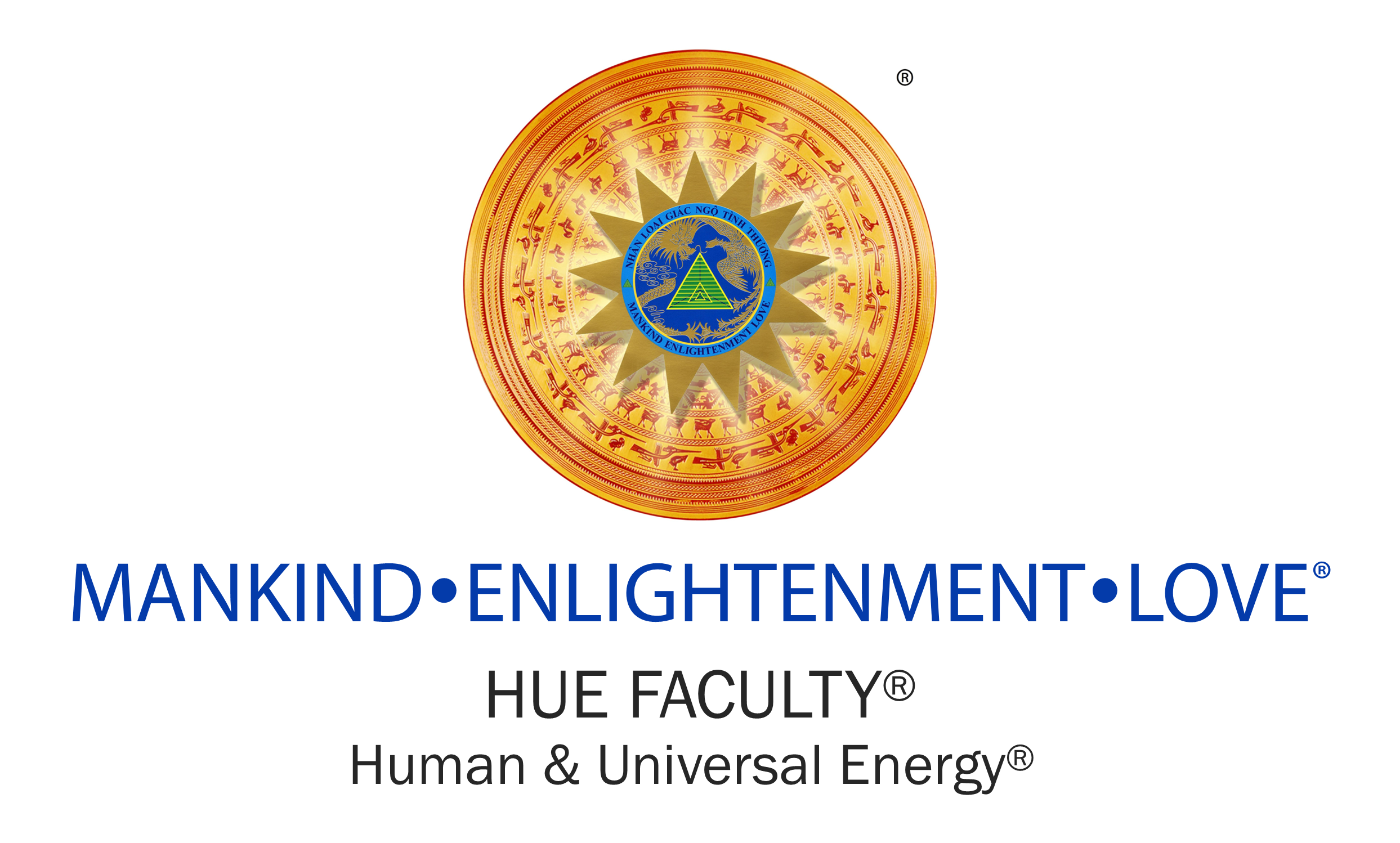Epictetus once said: “Men are disturbed not by things, but by the view they take of them.” In other words, it is not an event that has a negative impact on you, its how you perceive the event. An example could be getting stuck in traffic jam; person A, would get angry because they are already late for the dinner they had to go to. However, person B would have a more optimistic approach and take the extra time they have stuck in traffic to practice and apply before the dinner starts. Personally, I have always tried my best to be like person B to ensure a smooth day. The difficulty with this mindset is when people start accusing person B of “toxic positivity”.
So, let’s talk about it.
Toxic Positivity is “dismissing negative emotions and responding to distress with false reassurances rather than empathy. It comes from feeling uncomfortable with negative emotions. It is often well-intentioned but can cause alienation and a feeling of disconnection.” Meanwhile optimism is “hopefulness and confidence about the future or the success of something.”
Optimism has something to do with your mindset. You choose to view the positive out of a negative situation, while toxic positivity is a display of positive emotions during a negative situation. Optimistic people do not suppress their emotions, on the contrary, they are quite aware of them and work actively on ways to clear these negative emotions. Keep that in mind, especially as a HUE student. Some might think that you always must be joyful, otherwise you are not applying your technique right. I challenge that statement; whilst something “bad” is happening around you, take the time to clear that emotion, not only for you but for humanity. And look for the positives of the situation and multiply that into the air. That is truly the best way to be optimistic.

